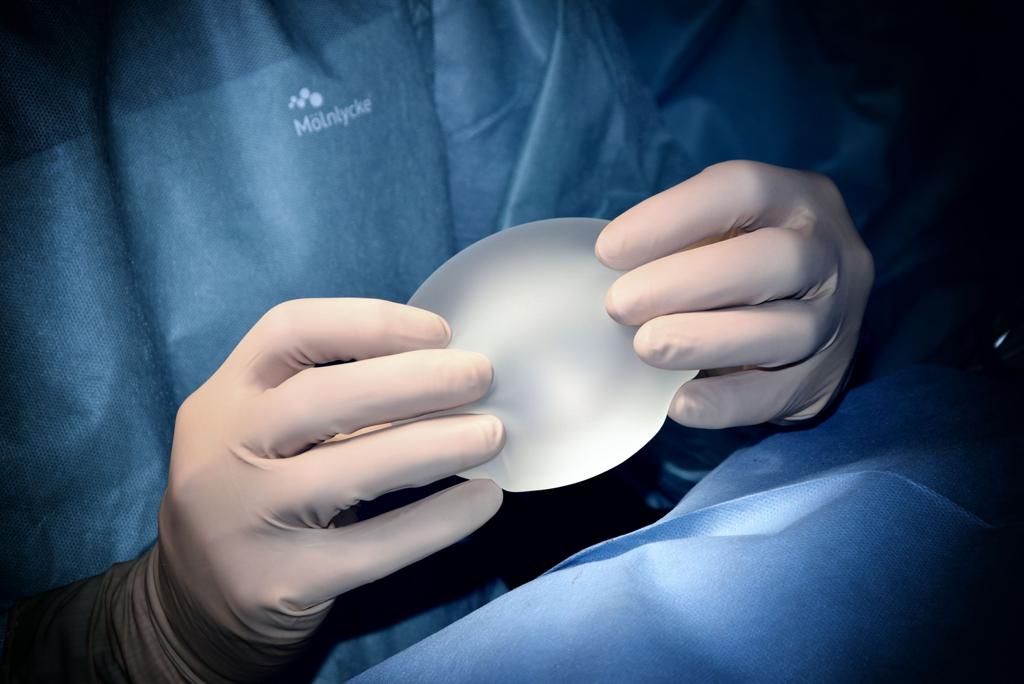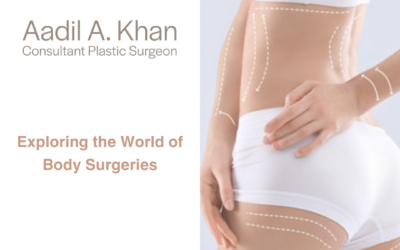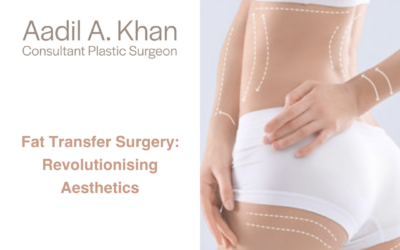What are the symptoms of BIA-ALCL?
BIA-ALCL can present as a rapidly growing collection of fluid around your breast implant (effusion), which can cause pain and discomfort because of the increase in size.
Rarely, BIA-ALCL can present as a lump that you can feel within the breast that accompanies an increase in size.
Systemic symptoms of BIA-ALCL can include weight loss, night sweats and fatigue.
How is BIA-ALCL diagnosed?
The first step in diagnosis is clinical assessment by someone who is experienced in managing BIA-ALCL patients.
The diagnostic pathway will include an ultrasound-guided aspiration of the effusion fluid, which is sent to a pathology laboratory for cytological analysis. The pathologist will perform staining for some molecular markers (CD30 and ALK) that helps make the diagnosis.
It’s important that these tissues are also sent to a pathologist who is experienced in looking at BIA-ALCL tumours as the diagnosis is often not clear cut.
Sometimes additional imaging, such as MRI or PET scanning may be required as part of the diagnostic process.
Bia-alcl survival rate
Survival after BIA-ALCL is very good and this particular cancer is usually cured with surgery alone – where there is no evidence of spread to other parts of the body.
Bia-alcl treatment
The primary treatment of BIA-ALCL is en bloc capsulectomy to remove the capsule and breast implant. This can be combined with an immediate breast uplift (mastopexy) to reshape the breast once the implant has been removed.
Where there is no evidence of spread outside of the breast no further treatments are required.
Where there is evidence that the tumour has spread to other parts of the body, or invaded into non-breast tissues there may be a role for chemotherapy or radiotherapy. The decision making in these cases are complex and you should be managed by a surgeon who is part of a BIA-ALCL multidisciplinary team so all the aspects of cancer management can be considered.
What happens when breast implants are removed and not replaced?
When breast implants are removed and not replaced the breast loses a lot of volume and the skin/gland of the breast takes on a very empty shape.
There is insufficient data to support replacing textured implants with smooth implants at the time of explantation for BIA-ALCL. Whilst it may be an option to have implants placed again it is often recommended to wait for a period of time before having them placed.
An alternative to implants may be a breast uplift (mastopexy), which restores the breast shape. Whilst it may not give you the same volume as the implant that has been removed it does restore breast shape to a more youthful position. Breast augmentation with smooth implants can still be performed at a later date if you remain clear from a cancer perspective.




